Behind the design: Xbox Series X and Xbox Series S
Why these designers had to be in the room where it happens

In late 2017, a few small hardware teams quietly visited a handful of Xbox gamers’ homes in Los Angeles, Chicago, and New York City. With several black foam boxes in tow, they asked gamers to unplug their current Xbox and put the new shape in its place.
Fans knew this was for the next-generation Xbox consoles, but they had no design details and no engineering specs, just squares and rectangles. “We wanted their gut reaction to whether the silhouette piqued their interest. What we didn’t want to hear is ‘that looks like a microwave,’” laughs principal designer Chris Kujawski.
“As designers, we aspire to create products with visual impact,” says senior design director Nicolas Denhez, “but we know most gamers buy an Xbox to play games, not for its aesthetics.”
At some level, you shouldn’t even know you have a console because you’re that deeply immersed in gameplay. But the thing is — when you turn the game off, what remains is the hardware. “And our fans love the hardware,” smiles senior designer Erika Kelter.
So how do you design a product to simultaneously blend in and stand out?
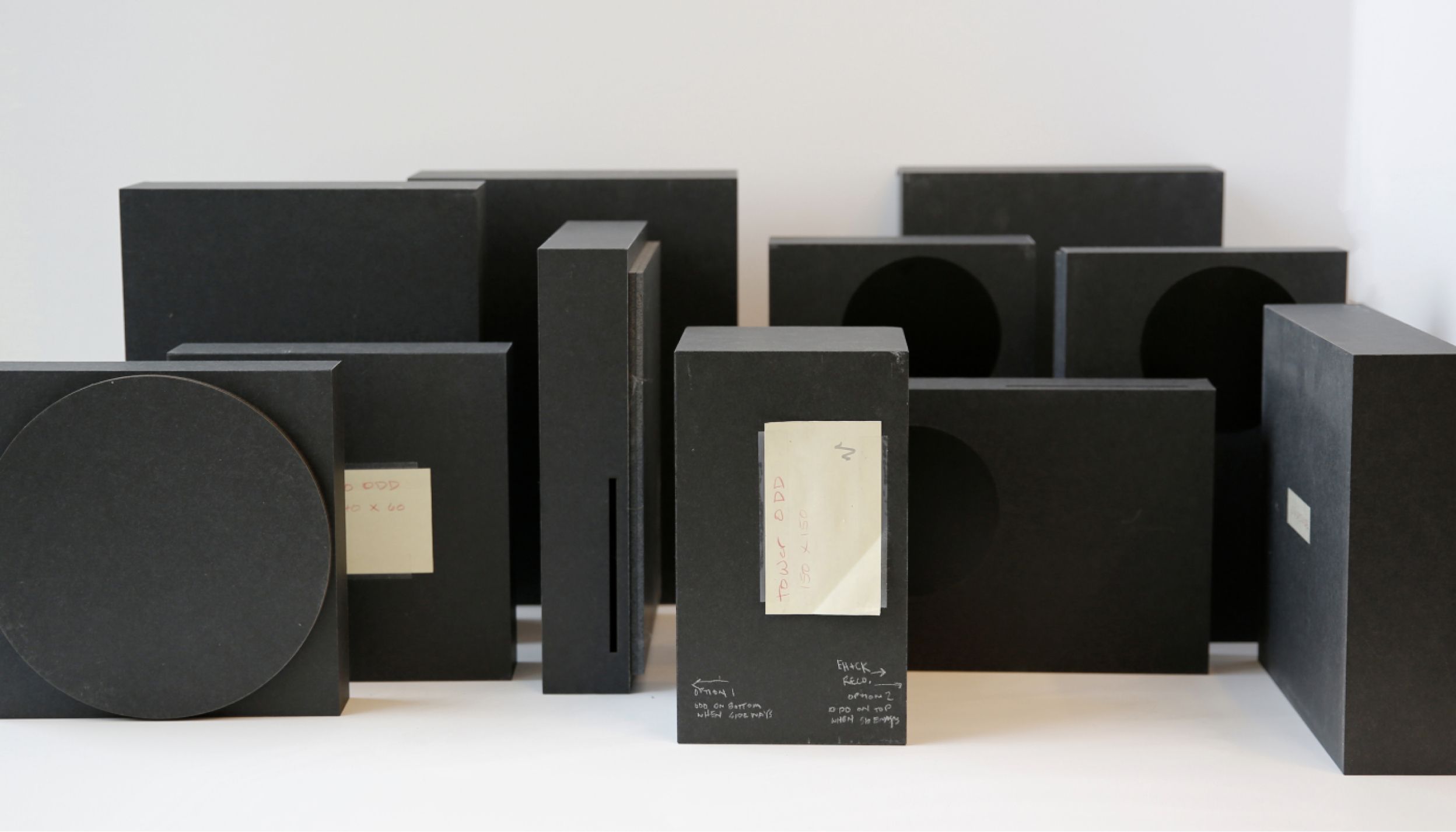
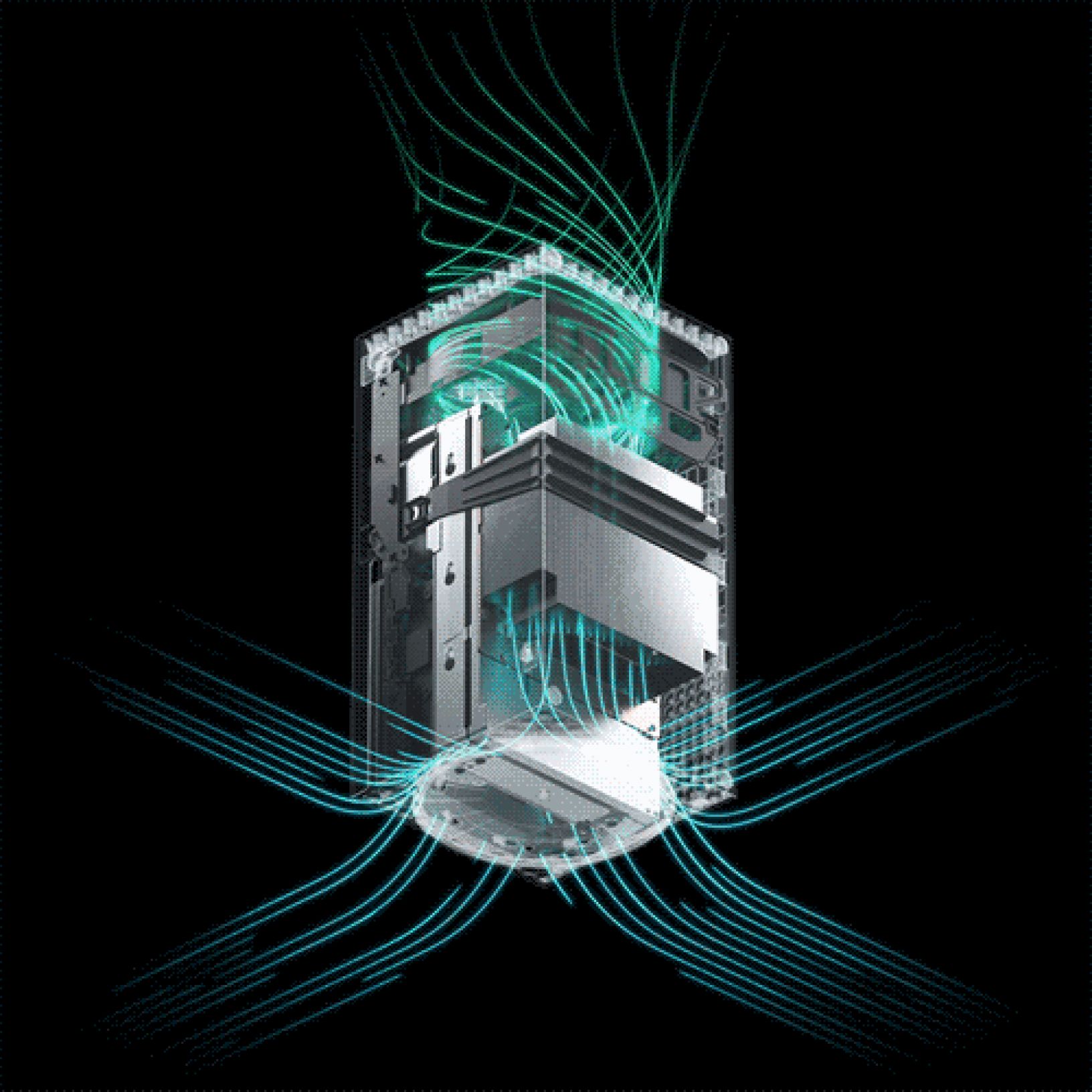
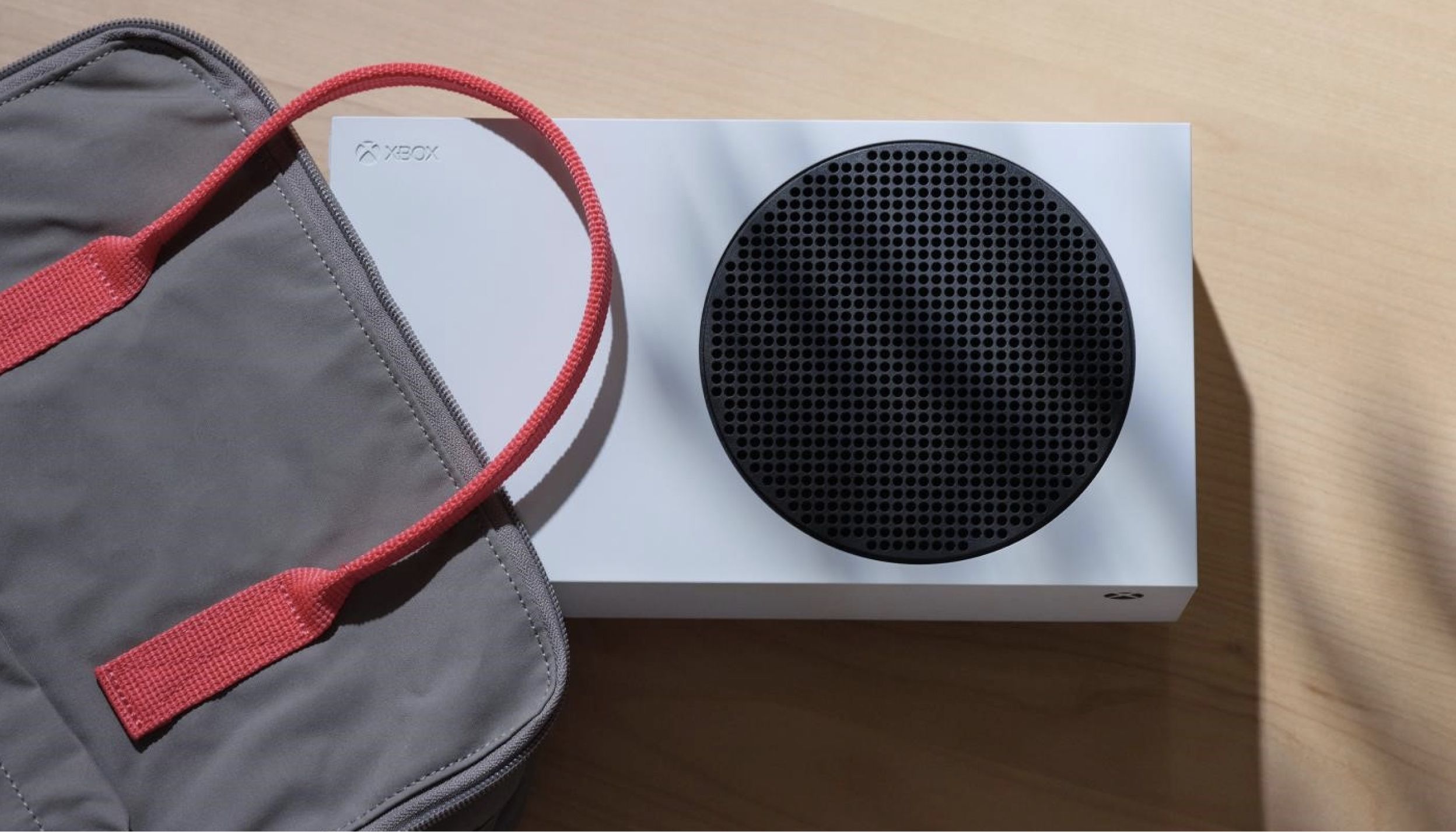
Form follows function follows fan(s)
Hearts quicken when danger looms, hands sweat as time ticks down, endorphins surge when passing a level. Part of the thrill of gaming is leaving your world and jumping into a different one. High-def graphics, whip-quick load times, precise controls, and a host of other next-generation gaming features make you feel wholly present in the game.
To power these immersive experiences, engineers started building the next-gen chip while designers figured out how to keep the chip cool. Gaming chips get really hot from always running at full speed, and fans can get loud — both the human kind and the cooling kind 😉.
Designers had to find a solution that wouldn’t interrupt or distract from gameplay. Different fan types and different motherboard layouts led to differently shaped boxes, and the team spent a few hours with several gamers across the US to gather initial reactions to the various console shapes. “We asked them a lot of questions, and they gave their unvarnished opinions,” chuckles Chris.
While they didn’t get the microwave comparison, they certainly got “VCR” and “cable box” for a few silhouettes. But among these comparisons were a few “Hey, that one feels different!” comments, which gave the team confidence to explore cooling solutions that fit what ultimately became the shape of Xbox Series X.
The size of the fan also determined the console’s dimensions, which achieve an almost 2:1 ratio — like two cubes stacked. Designed for both vertical and horizontal orientation without a stand, this footprint adapts to whatever setup you already have.
Simply put, the team wanted to create a device that fit in people’s lives. They even stress tested the device in a common bookcase that’s sold by the millions around the world. “When we visited gamer homes, device placement (whether it was displayed or hidden) and furniture orientation informed all of our design choices,” says Nicolas.
Form enables flexibility
With a bona fide global audience, our fan base and their needs are as diverse as it gets. While some gamers have a physical library, others don’t want one or have space for one. Some are accustomed to subscription services (Hello, Xbox Game Pass!), and if you live outside the US, import taxes on discs can be cost prohibitive. Then there’s those who simply don’t like getting up to switch discs to play a new game (it me 🙋.
Although many gamers might prefer an all-digital console, that doesn’t mean they’ll settle for anything less than next-gen experiences. So for the all-digital Xbox Series S, we based the chip on the same die as the chip for Xbox Series X. You’ll still get the immersive gameplay but in a more compact package.
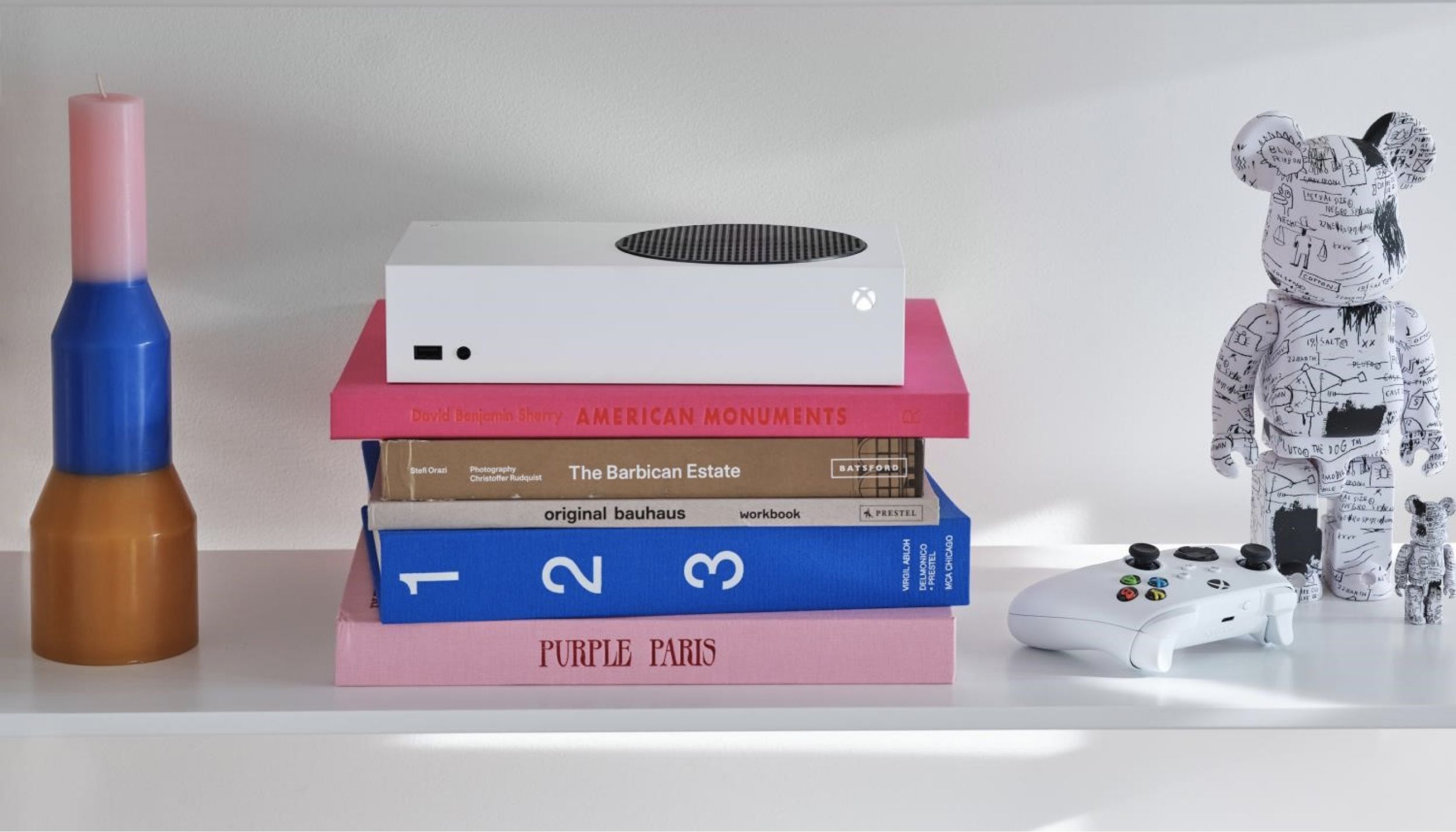
Form and function reveal personality
“Our focus on form following function influenced this newest generation’s aesthetic and personality,” Nicolas shares. While some fans prominently display their console, others slide it onto bookshelves out of view. To design for this spectrum of needs, the team went back to the basics of good design.
Coined Intelligent Geometry, the design approach uses basic shapes in dynamic and purposeful ways. Visually, the team distilled the designs down to their fundamentals and used those graphical elements to build a consistent and flexible design lexicon across our family of devices. Learn more (and see additional visuals) about how the team created a shared language that’s distinctly Xbox on our Instagram account.
Functionally, both consoles needed vents to keep the chip cool, but instead of minimizing them, designers celebrated vents by making them a signature element.

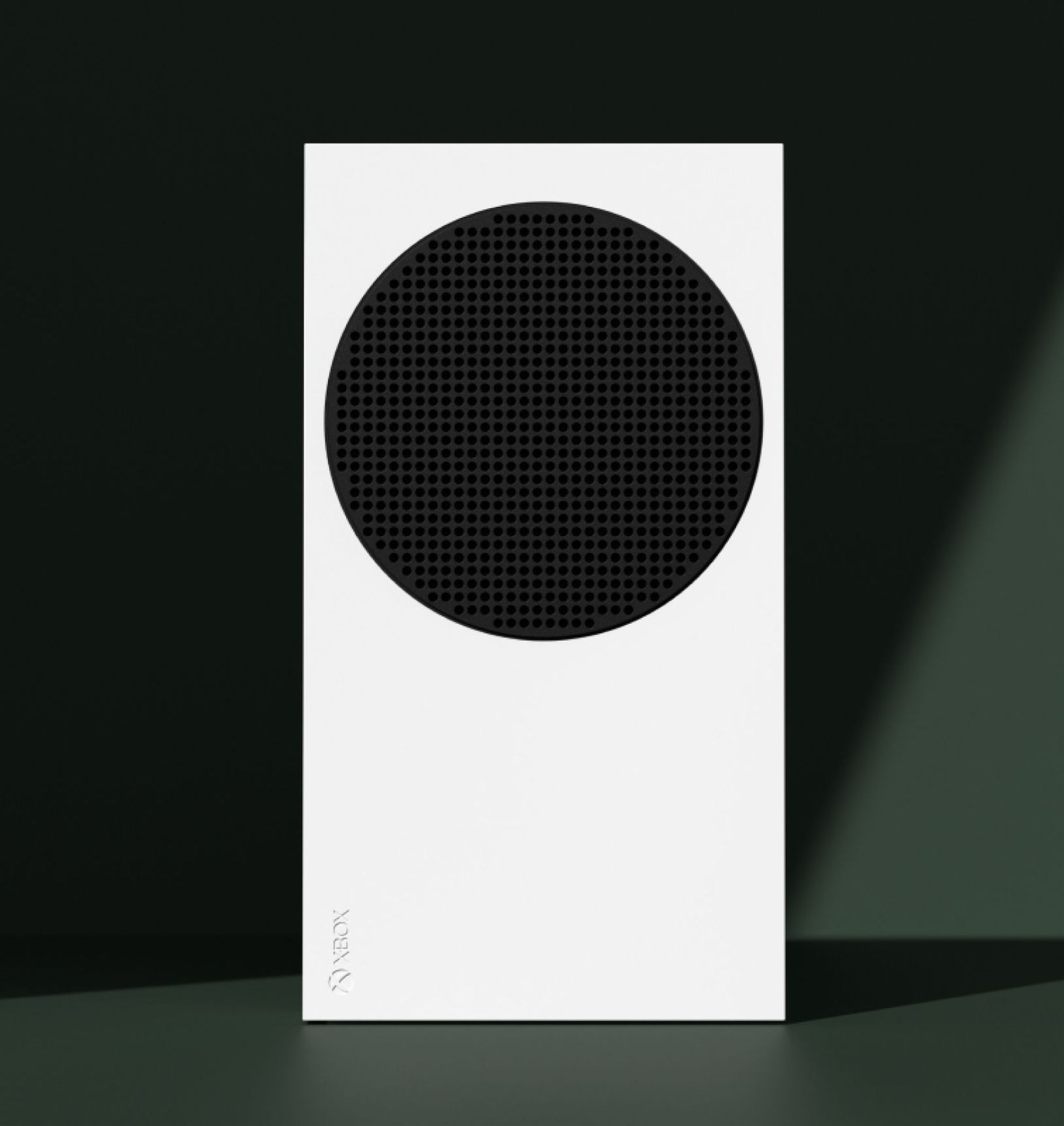
On Xbox Series X, the exaggerated vent size draws your initial attention to the sculpt of the upside dome, creating an optical illusion where the green layer only reveals itself when you get close. “We really wanted to give our fans a magical moment when they found that Easter egg,” Erika says. “A subtle but powerful way to express the ‘soul’ of the brand inside the physical device.”
On Xbox Series S, the primary design element is the circular, black exhaust vent on a field of white. “We actually tried all black and all white, but it looked a little boring,” she admits. They ultimately went with adding black around the hundreds of small holes because it simplified the overall architecture down to a single rectangle and a single circle, which is much easier on the eye.
“The white and black color scheme ties back to previous generations but feels fresh with its high-contrast treatment,” she continues. The subtle perimeter groove and raised surface of the vent adds visual interest and moves the design into a more sophisticated space.
From the enclosure itself to the visual aesthetic, “The design is very rational,” Nicolas explains. “We designed the enclosure to support functionality in a way that is pure and true to the internal components.” And as they thought about how much presence the device emanates in your home, they wanted to balance it with an ability to blend in with its surroundings.
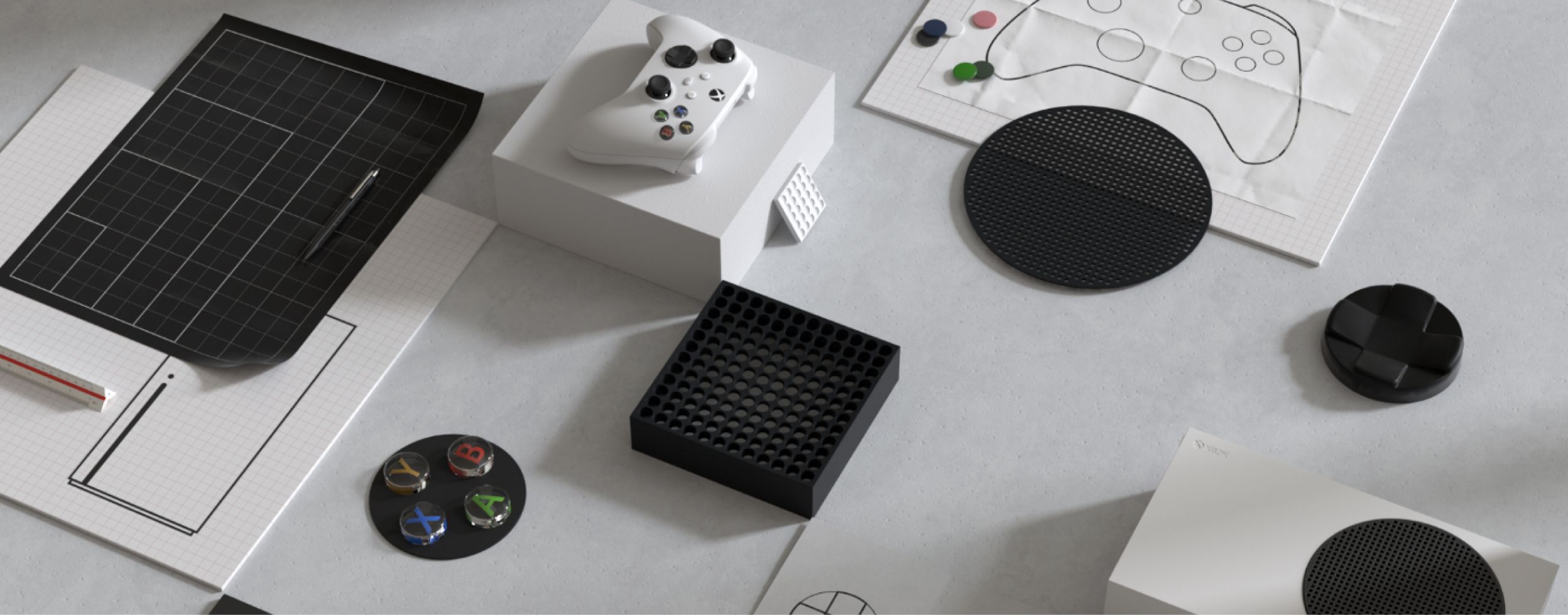
Form reflects people and craft
At the end of the day, without our fans, Xbox Series X and Xbox Series S would both just be another gaming console. You know it, we know it, and the design team especially knows it, so we dedicate every decision to the people who helped us get here today. “The consoles are the result of listening to our community and designing the most optimized consoles to deliver next-generation games,” explains Chris.
This relentless focus to design something both functional and expressive resulted in an incredibly powerful device that doesn’t look complex or intimidating. And it’s the people behind the product that drive this almost obsessive dedication to industrial design and customer needs.
In many ways, this human-centered approach to designing these devices epitomizes the way we build hardware across all of Microsoft. “From Xbox to HoloLens to Surface, we’ve unified our hardware language while maintaining the personality each product deserves,” shares Partner Director of Design Carl Ledbetter.
We design all our products to remove barriers and transport people to the flow state of their choice, whether that means unlocking achievements in a game, creating a presentation, or simply connecting with others. Balancing functionality and aesthetics create products that subtly stand out. Taking cues from fundamental design principles and real-life contexts, the new Xbox consoles make a statement, invite you in — and then get out of your way.
Interested in learning about the controller? You can check out the story here.
Read more
To stay in the know with Microsoft Design, follow us on Twitter and Instagram, or join our Windows or Office Insider program. And if you are interested in working with us at Microsoft, head over to aka.ms/DesignCareers.
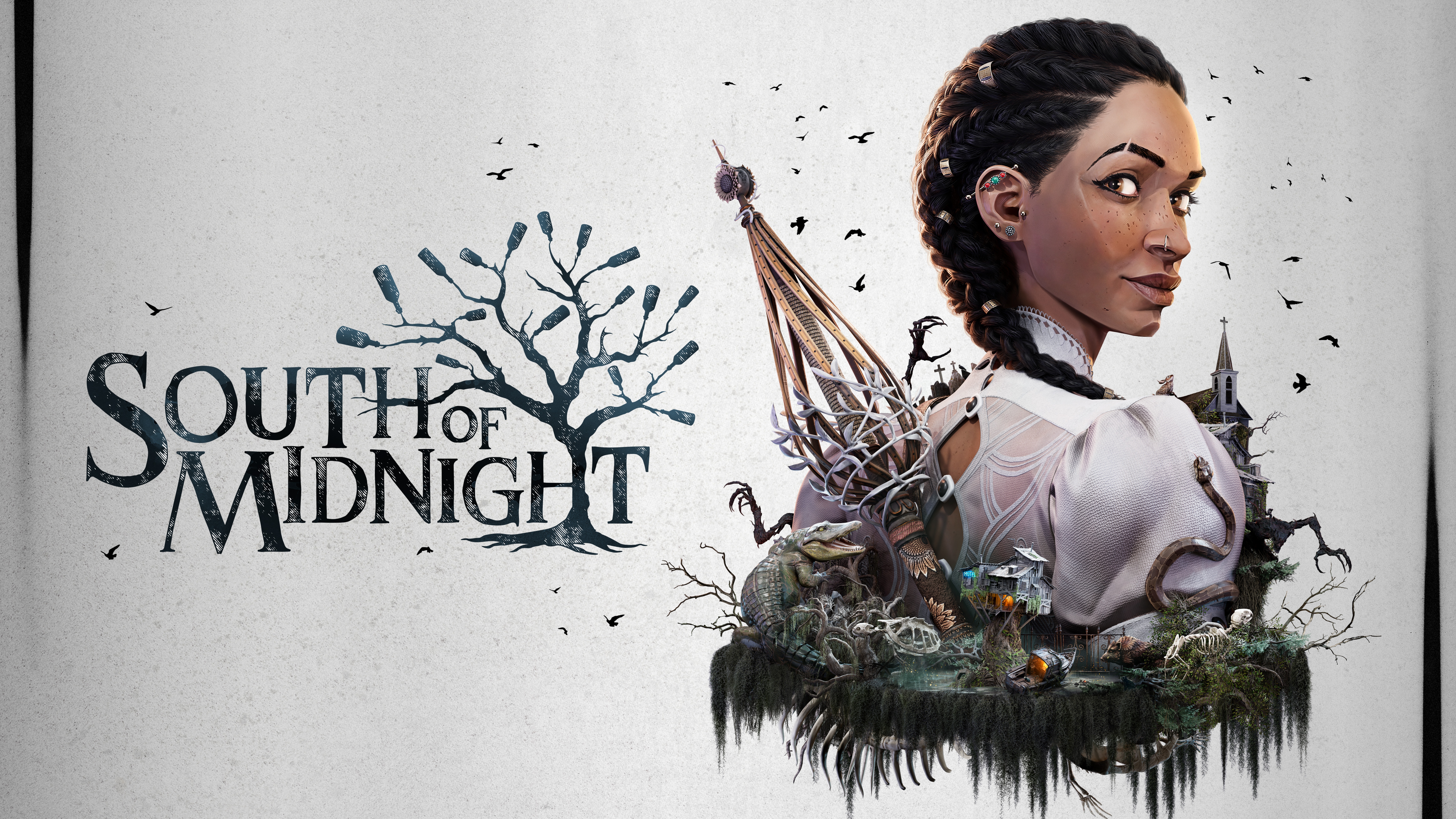
Weaving the strange: The art and alchemy of Xbox’s South of Midnight
Exploring the art, worldbuilding, and folklore-inspired design process
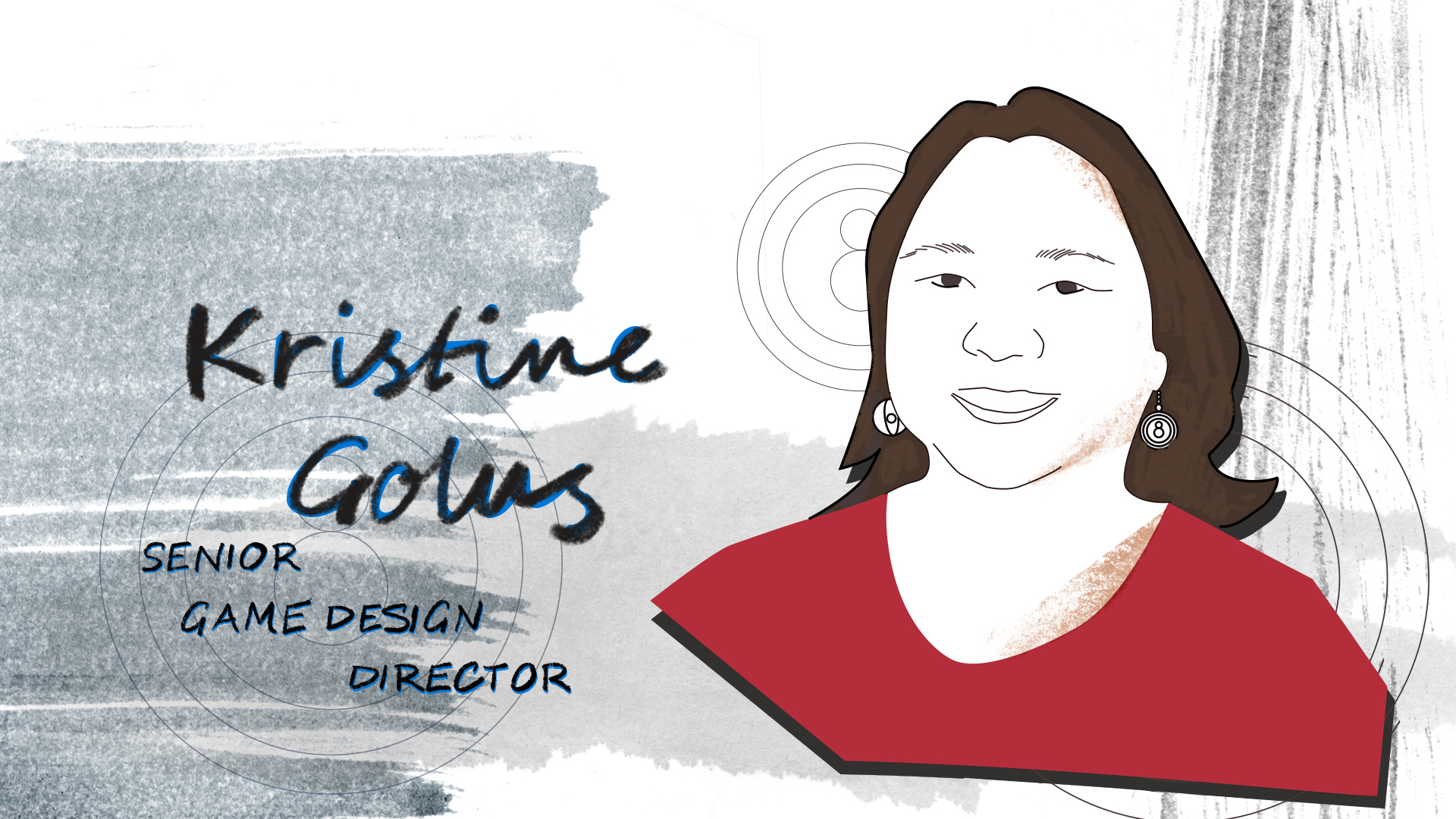
How a Senior Game Designer turned gaming into a career
Kristine Golus, the woman behind Xbox’s home editorial experience
